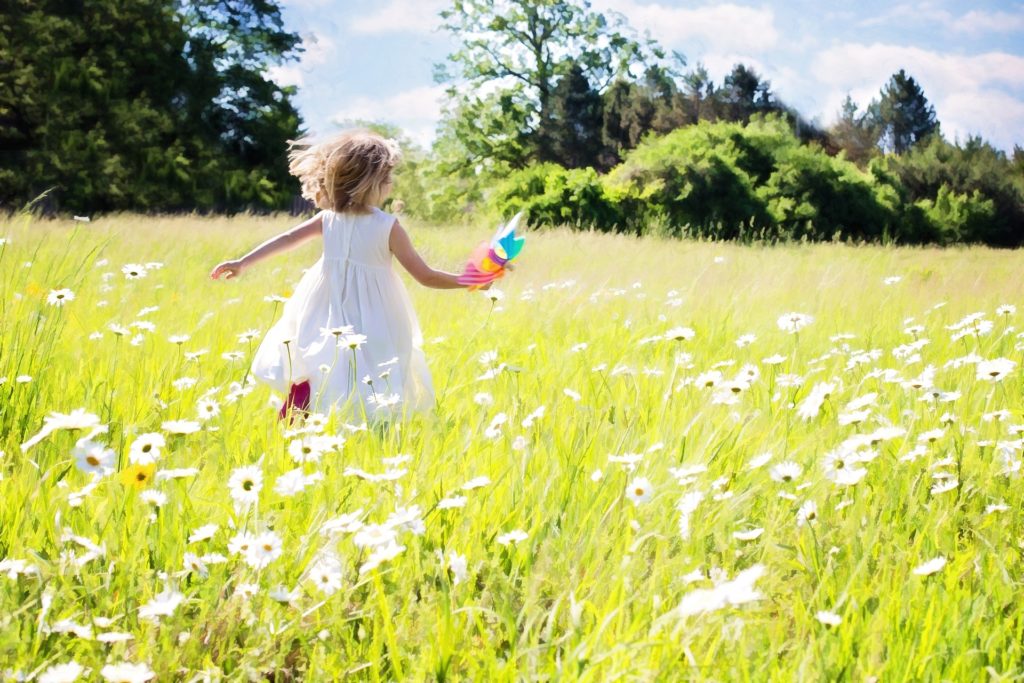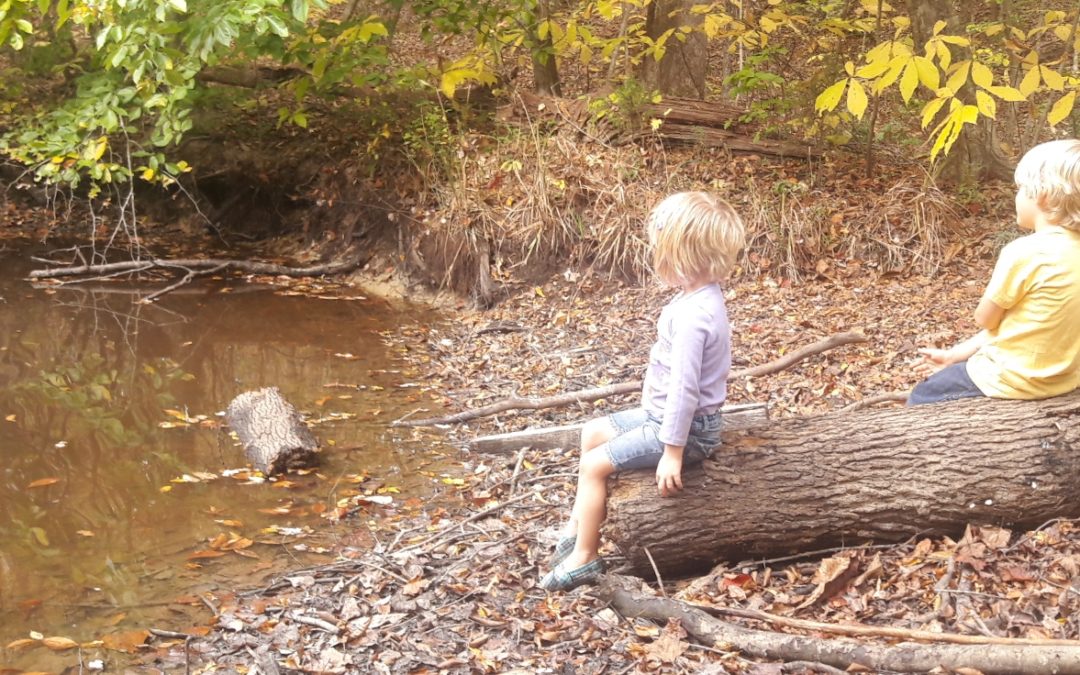Over a decade ago now, I lost two children. My babes were only a couple months old but as research has well established, our minds and bodies crave connection with loved ones regardless of how old they are or visually present, and I have deeply loved all 5 of my children from the moment I knew they had begun. This event, however, a scary and gut wrenching miscarriage after days of worry, also ripped my heart open to the process of grief in a way that changed my life, especially the hyper sensory challenges of being Autistic.
A friend of mine who had also rarely spoken of her miscarriages, came to bring some food and took a moment to give me some very practical advice on grief. She said it comes in waves and the best thing you can do is stop and let them wash over you.

Being the pragmatic person I am, I took her literally and began practicing doing just that. I learned to feel my body passing through stages of grief, which often overlap, and embraced feeling the ebb and flow of those tides. Amazingly, I also began to heal. As we now know, from the same research that Dr. Deborah L. Davis writes about below and other recent discoveries in the field of neuroscience, when we grieve our brains redraw their neural map. The result is not a loss of feeling, no! It’s a greater resilience to deep and otherwise overwhelming emotions.
About a year or two after my first miscarriage, and the traumatic events of my daughter’s birth and first few months of life, practicing grief became the only real thing I knew I could do to help cope with the world. I experienced severe postpartum depression after my daughter’s birth, and my own body with untreated hEDS, MCAS, orthostatic hypotension, constant migraines and so much more, was also progressing to autoimmune break down.
My exposed sensory neurons (a developing established feature of Autism) were constantly bombarded from within and without, making my ability to mask and cope with social anxiety impossible on a daily basis. What most neurotypical people assume is anger and standoffishness is actually our body’s expression of fear and severe anxiety over even the smallest human interactions. This is compounded by the typical confusion around meaning in other’s behavior, meaning which most people take for granted and assume is very clear and straightforward (we’re all mind blind to something! It’s NOT just Autie’s). Where grief really came into play was in a few relationships with people I eventually learned were compulsive gas lighters, who blamed me for my problems and were emotionally and mentally incapable in their own right, to learn about my real needs; let alone support them. And I believed them. Women are far more likely, psychologically, to take internal and individual responsibility for issues in a relationship while men typically look for answers external to themselves. (See also, In a Different Voice, by Carol Gilligan)

Where am I going with this? Well this is the environment in which I discovered that grieving helped my brain-body cope with sensory overload. In such a Charged environment I began to also notice my very small reactions to other types of change. A piece of furniture moved from where I liked it, dirty dishes in places I DIDN’T like, fear that the garden wasn’t watered correctly, and much much more! I began to see that the sudden emotions triggered by even the smallest changes around could redirect towards grief instead of the unintentional responsive anger! And if I let myself grieve I could not only communicate much more clearly about my needs, I could also tolerate those changes much better over time. With Practice.

It took many more years, and finally getting my autism diagnosis to stop blaming myself for the anger I feel when the world is out of place. So many people around me constantly blamed me for those emotions and what they perceived as a lack of control, pettiness, and even narcissism, which is a profile frequently bestowed upon those uneducated and unexperienced with Autism. (Read more about the differences here). The last two years have been even more freeing and wonderful. I’ve learned that myself, my children and likely every Autistic person, have a very deep sense of the balance of space and time. Like the beauty in Fibonacci’s Sequence, or the energy of Feng Shui, we FEEL when those patterns are aligned, and when they are not. I wasn’t angry about dirty dishes, or my books being rearranged, that’s only the surface. Deep down these sorts of imbalances feel off, they feel incorrect, and it can often feel like nothing in the world will be right until they are balanced again.
Sometimes this can take extreme forms of OCD, but what happened in my brain is that as I practiced grief, and learned how to surround myself with people who didn’t judge my love for the patterns and Arrangements of my world, but sought to understand them and learn from them, that I began to have the peace and tranquility I always longed for as a child, a young adult, then as parent, a spouse, a teacher, a counselor, and could finally enjoy the beauty of the world on a daily basis.

I love to articulate the differences between autistic and non-autistic people because I think they are often presented in a very negative, judgmental light as though our perceptions of human behavior and intuitive sense of meaning are fundamentally wrong, and need to be corrected. But in this particular case, and in April as #autismawarenessmonth, I’d like to celebrate the SAMENESS in our neurology! We are all designed to grieve. Grief heals. It restores LITERALLY the physical, emotional, and spiritual, all as One. It makes JOY palpable, and builds a resilience in us for helping others bear the weight of their own grief and struggle without exhaustion and burnout for our own psyche.
I’m daily astounded by its dynamic power.
We’ve also taken great time and effort to teach the grief process to our children, and we’ll continue to teach them. Let me tell you, it’s one of the best therapeutic activities for their sensory processing that I have ever read about or tried (and I’ve studied a lot!). I also highly recommend EMDR for Autistic people, ADHD, and other situations in which a person lives with chronic anxiety which creates overdeveloped negative emotion brain maps that talk therapy is useless to address. By using gentle vibration paddles or other non visual techniques, the brain can enter the process without being overstimulated. This process allows your own memory to travel its grief map, and heal the traumatized regions permanently, and help the brain-body minimize the creation of new trauma networks in the course of normal life.


One final thought.
Historically, every society in the world had rituals and traditions that made grief a communal event. I think the loss of this in modern Western culture is a terrible travesty. Far from being restrictive, such as wearing black for 2 years, these Traditions allow us to communicate grief beyond words to those around us. In the deepest grief we don’t have words anyway, and our social ideology of Individualism requires that people keep their grief private or suffer lasting consequences. People who are grieving can easily talk about the experience in great detail if asked how they are doing at a certain point in the ebb and flow of grief guides. Our society calls this oversharing, and we often look down on, despise, or lose respect for people who do it. (I’m Autistic so I’ve experienced that particular social taboo and a dozen more areas as well, it’s a real problem). People who are allowing their bodies to experience grief are activating more bilateral areas of the brain, meaning regions on both sides involved in language processing, memory, sensory input, to name a few. This vulnerability and sensitivity is perceived as weakness and children learn very early in life, sadly often from their own parents, that what their bodies are naturally designed to do is somehow wrong and they need to shut down that process.
So what would happen if we begin to grieve as a community again?
To show deference and respect to those who have faced loss, even children whose losses to our adult Minds can seem so trivial, but to them are the whole world? What would happen if we actually allowed children to practice grief at the early stages of life when the loss of a beloved toy, or pet, water spilling on a favorite drawing or holes in a beloved t-shirt, are the most severe things they are having to face? What if, instead of stigmatizing the simplicity of their grief, we embraced it, walked with them in it, and helped them learn to pass through the anger and depression and come out the other side? What happens if that generation then grows up and has a chance to share those skills and abilities with the world and with their own children?

I hope I get to see that someday. Maybe it’ll just be in our own family, when my kids pass it on. Sam is planning to be a stay-at-home dad so he can teach his own children and support what his wife loves to do. His words! Ladies I’m taking applications for social introductions for your daughters, call for details. (JK ;). Maybe not?) Gloria isn’t sure she wants to get married but she decided, 4 or 5 years ago now, that she wants to adopt special needs children and build a home-school for them like mommy does for her and her brother. And she wouldn’t mind if a young man wanted to come help.
If the only thing my life struggles can do, and my effort to constantly learn from them, is inspire life dreams like this, it’s enough. MORE than enough. What about you? What can your grief bring to a world in great need of more JOY?

